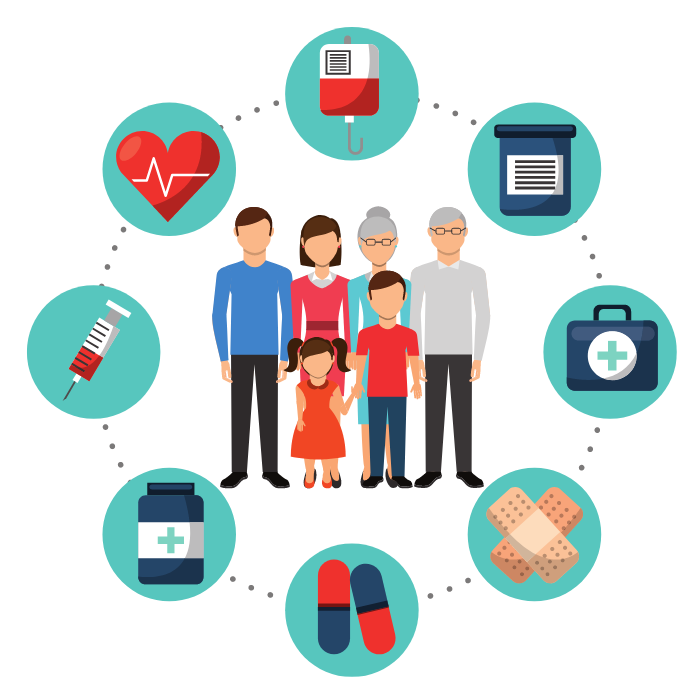According to the World Health Organization, antimicrobial resistance occurs as a result of adaptations from bacteria, leading to their unresponsiveness to medicines, making infections “harder to treat” and “increasing the risk of disease spread, severe illness, and death”; thus, antimicrobial resistance (AMR) is one of the top ten global public health threats (WHO). This threat is also prominent in the United States; according to the Centers for Disease Control and Prevention, nearly 2.8 million infections and 35,000 deaths occur from AMR annually (CDC). Furthermore, Porooshat Dadgostar of the Milken Institute of Public Health quantifies that AMR “adds a 20 billion dollar surplus in direct healthcare” and 35 billion dollars lost in productivity annually in the United States (Dagostar).

According to the World Health Organization, antimicrobial resistance occurs as a result of adaptations from bacteria, leading to their unresponsiveness to medicines, making infections “harder to treat” and “increasing the risk of disease spread, severe illness, and death”; thus, antimicrobial resistance (AMR) is one of the top ten global public health threats (WHO). This threat is also prominent in the United States; according to the Centers for Disease Control and Prevention, nearly 2.8 million infections and 35,000 deaths occur from AMR annually (CDC). Furthermore, Porooshat Dadgostar of the Milken Institute of Public Health quantifies that AMR “adds a 20 billion dollar surplus in direct healthcare” and 35 billion dollars lost in productivity annually in the United States (Dagostar).
Current solutions known as antibiotic stewardship programs attempt to influence hospitals manage their antibiotic prescription rates to prevent inappropriate prescriptions. Antibiotic stewardship programs are considered ideal for two reasons: first, they do not increase mortality rates even whilst decreasing the duration of antibiotic prescription, and second, they don’t create a “seesaw” effect in which other antibiotics are used in greater proportions to make up for stewardship regulation of certain antibiotics (Huang). However, there are more nuanced perspectives that can strengthen antibiotic stewardship programs and can be synthesized into a multi-prong, unified solution.



